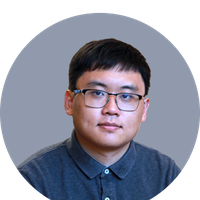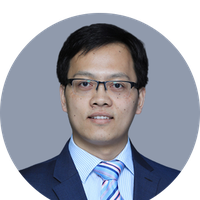Computer & electronics hardware
Haocun Yu
The first to prove typical quantum mechanical phenomena on a macroscopic scale.

China
Jiazhong Hu
A new method of laser cooling that can directly cool the atoms into Bose-Einstein condensates.

China
Qifan Yang
Microwave-rate microcombs used for precision spectroscopy.

China
Jianshi Tang
Developed a variety of memristive devices to faithfully mimic the functions of biological synapses, neurons, and dendritse.

Global
Nicholas Harris
Shining light through optical chips might be the fastest way for neural networks to make decisions.
